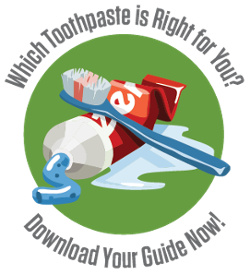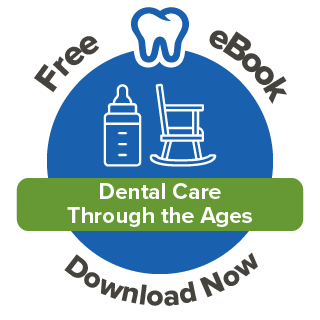By Tim Fitzgerald on Nov 25, 2020 @ 03:00 PM
If you’re nearing the end of your time in braces, you are probably very excited to get your brackets and wires removed! Now, you’ll have to get used to wearing a retainer to help keep your new smile in check. Whether you’ll have to wear a retainer for a few years or the rest of your life, it’s important to know what your retainer options are, so you choose the right one for you. Here are the three most common types of retainers and some of their pros and cons.
The Hawley Wire Retainer
The Hawley Wire Retainer, or the Hawley Retainer, is the most common retainer type of the last few decades, and the one that most people imagine when someone says “retainer.” It is a piece of molded plastic or acrylic that goes on the roof or floor of the mouth against the teeth, with a wire band that wraps around the front of the teeth. The big benefits of Hawley retainers are:
- They are easily repairable and adjustable by an Orthodontist
- They are one of the most durable removable retainers and can last for years
- They allow top and bottom teeth to naturally touch, unlike clear plastic retainers
The only real downsides to the Hawley retainer is that they are easily visible and can sometimes affect people’s speech as they sit on the roof and floor of the mouth. This generally isn’t an issue for nighttime wear, but for daytime wear it can be frustrating. To combat this, some people end up choosing other options to be more incognito.
Clear Plastic Retainers
Thermoplastic retainers, also known as molded retainers or clear plastic retainers, are a newer retainer that has grown in popularity since the 90’s. They are created from a mold of the teeth using a thin layer of clear plastic. The retainers are placed over the top and bottom teeth for a flush fit. The benefits of clear plastic retainers are:
- They are pretty much invisible, so people are more likely to wear them consistently
- They tend to affect your speech less than a Hawley retainer
However, clear plastic retainers lack a few of the advantages of the Hawley retainers. Most notably is that they aren’t repairable or adjustable if needed, and they can warp when exposed to heat.
Permanent Retainers
Permanent retainers, also called bonded or fixed retainers, are solid or braided wires that are directly bonded to the back of the teeth. They are most commonly used on the bottom teeth, which are often considered the most likely teeth to shift. Permanent retainers have a few distinct benefits compared to removable retainers – here are a few:
- You don’t have to worry about remembering to wear your retainer
- You can’t lose it
- It is not easily damaged
The big downside of permanent retainers is that they make oral hygiene, particularly flossing, take a bit more time since they can’t be removed. But, speaking from personal experience, compared to braces, it’s a breeze!
Now that you know the basics of each type of retainer, make sure to consult with your Orthodontist and pick the retainer that will work best for you. Want to learn more about keeping your teeth clean? Check out our FREE guide to finding the right toothpaste by clicking below!





comments